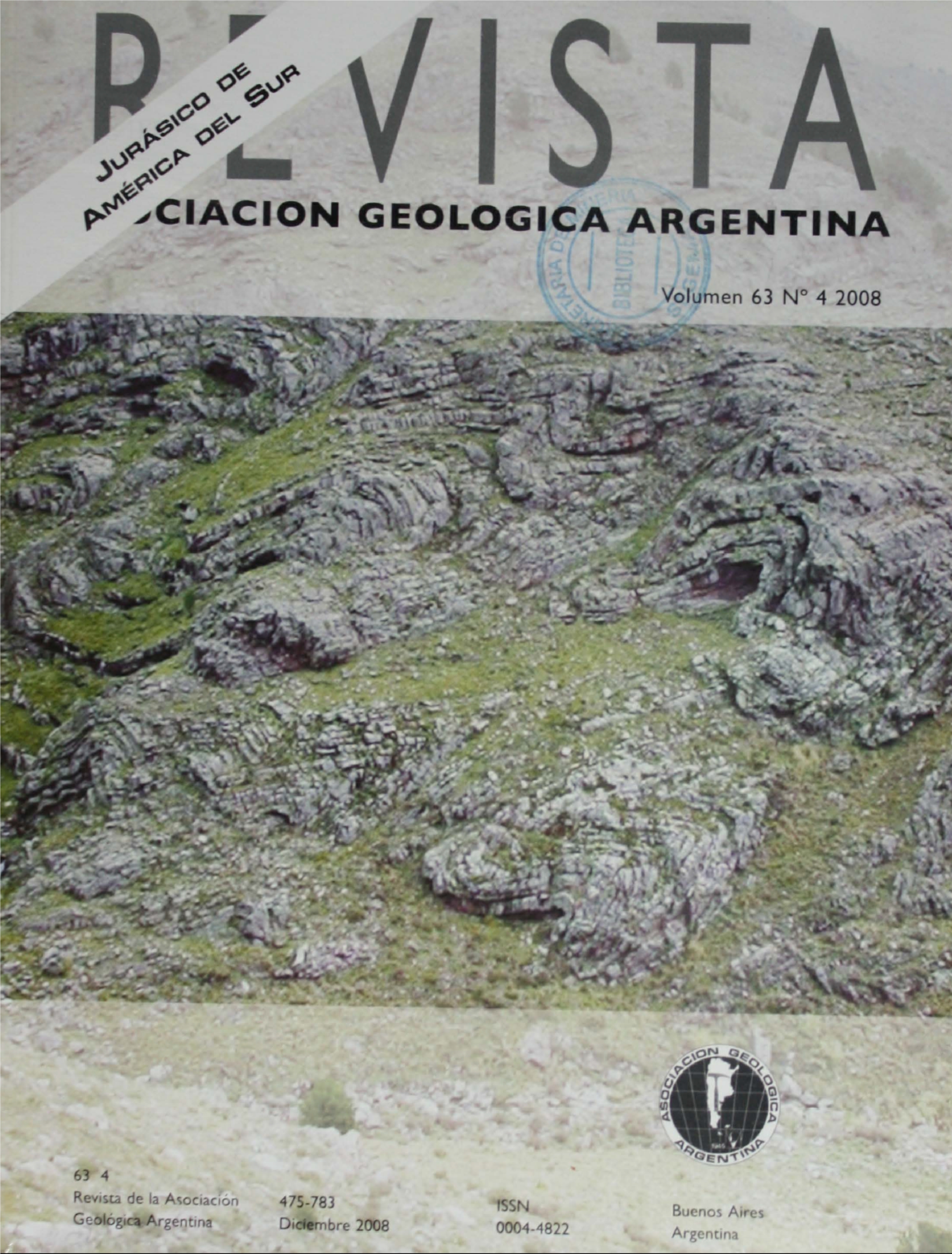Jurassic fishes of Gondwana
Main Article Content
Abstract
The Jurassic is an important period for understanding the origin of modern fish faunas, since it saw the first radiation - and in some cases the origin - of most modern groups. In chondrichthyans, neoselachian sharks and rays diversified during this time. In actinopterygians, the neopterygians, and among them the teleosts, experienced an important radiation, which led to the appearance of several of the modern teleosts groups. In the sarcopterygians, dipnoans and actinistians approached their current forms. However, the Jurassic fossil record of fishes is strongly biased towards the Northern Hemisphere. The only notable Early Jurassic fish fauna from Gondwana is that of the Kota Formation of India. For the Middle Jurassic, the most important Gondwanan fish faunas are those of the Aalenian-Bathonian Stanleyville Beds of the Democratic Republic of Congo, in which a distinct freshwater and a marine fauna are found. In the Late Jurassic, the Gondwanan record is slightly better, with important marine faunas being known from the Oxfordian Quebrada del Profeta in Chile and the Tithonian Vaca Muerta Formation of Argentina. Freshwater faunas have been described from the Tithonian Talbragar Beds of eastern Australia and the Tithonian Cañadón Calcáreo Formation of Argentina. The taxonomic composition of the known marine actinopterygian faunas of Gondwana is in general agreement with faunas of the Northern Hemisphere. However, the Jurassic fish record from Gondwana is highly incomplete both stratigraphically and geographically, and most faunas are in need of revision, further hampering an interpretation of Jurassic fish evolution in the Southern Hemisphere.
Article Details

This work is licensed under a Creative Commons Attribution-NonCommercial 4.0 International License.
Nota de copyright
Los autores conservan los derechos de autor y garantizan a la revista el derecho de ser la primera publicación del trabajo licenciado según una licencia de atribución Creative Commons que permite a otros compartir el trabajo con el reconocimiento de la autoría y de la publicación en la que se publicó por primera vez.
Declaración de privacidad
Los nombres y direcciones de correo electrónico introducidos en esta revista se usarán exclusivamente para los fines declarados por esta revista y no estarán disponibles para ningún otro propósito u otra persona.

